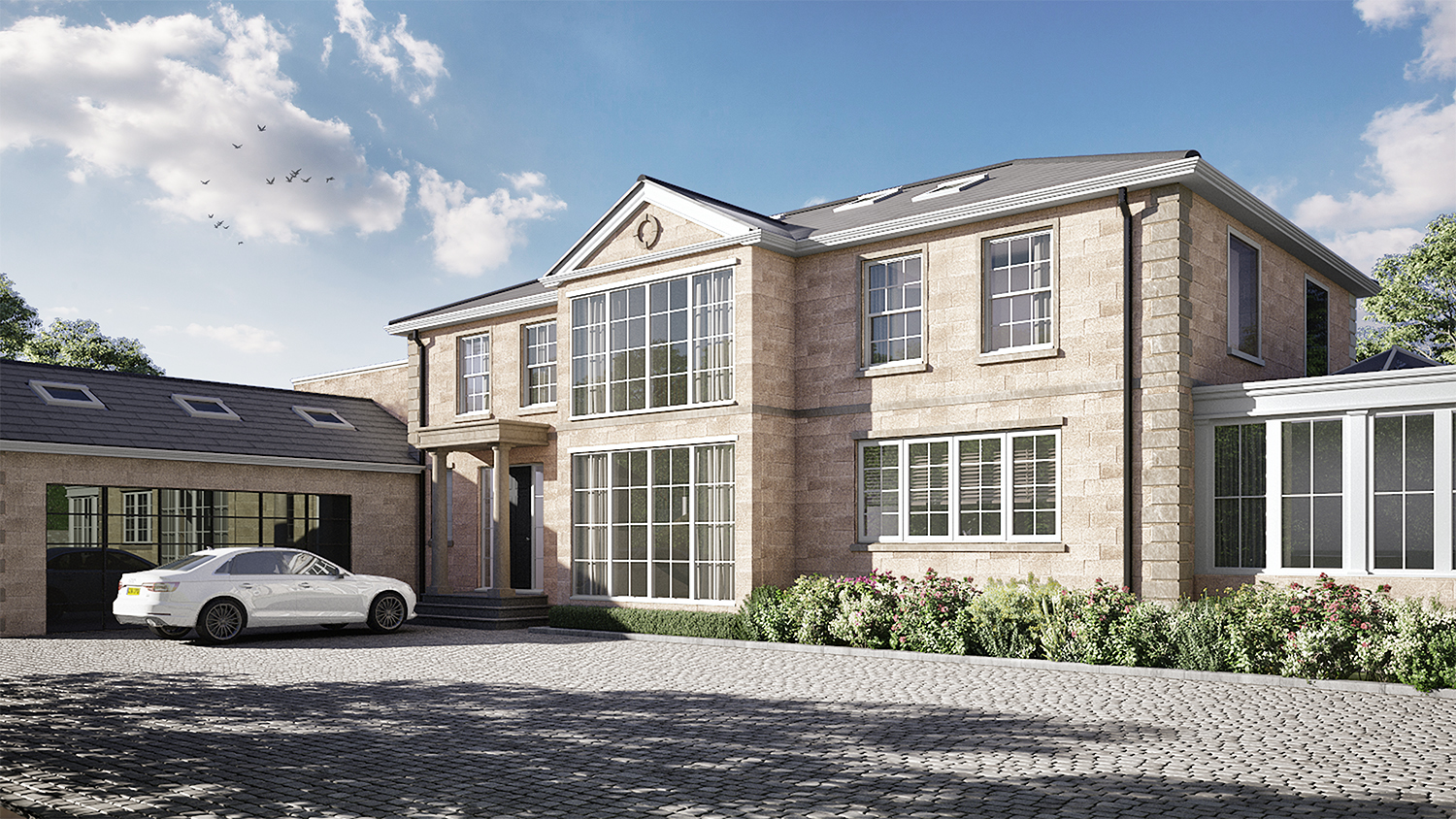When you can be spending upwards of £500 for one CGI, you need to make sure you’re getting your money’s worth. In an increasingly competitive market, when selling properties off-plan it’s more important than ever to use images which reflect the quality of your build and catch the attention of your core market.
So many factors go into producing great exterior CGIs, yet some companies don’t see image production as an art form and end up producing poor quality images. As a result clients can easily be wooed into taking a punt on a CGI that costs £300 instead of one that costs £800.
However, once those substandard images hit Rightmove it soon becomes clear that the images don’t stand up to close scrutiny, this can cost you a sale as you’re not showing your property off in the best light. If you’re a busy property developer rather than a CGI expert, at first glance it might be hard to tell the wheat from the chaff, especially if there isn’t a visual side-by-side comparison to hand.
Luckily we have one for you, compare the two images below of the same property…


What makes a great property CGI?
Below is the Pixel guide to spotting a great CGI, 9 things you should look for when commissioning your images…
1. The lighting of the sky
This is paramount to creating a shot which looks real. It needs to be clear where in the sky the sunlight is emanating from, which means the intensity of light will vary across the image.
2. The detail in the sky
Realistic-looking clouds make a noticeable difference, as do birds flying in natural alignment.
3. Trees and plantation
These will look stuck on and flat if there isn’t enough differentiation within the leaves and flowers. It’s important to try and achieve a balance between too neatly coiffured and naturally wild. With trees it is even possible to make them look like they’re being rustled by a light summer breeze.
4. Realistic texturing of the building
It takes time to produce this level of detail in stonework, brickwork and tiling, but without it, surfaces will look vague and dull. Potential customers won’t get a grasp of what kind, or quality, of materials you’re building with.
5. Choosing the best angle is vital to producing a fabulous CGI
Generally depicting anything front-on will usually leave it looking rather flat and uninteresting. Instead, it’s better to pick an angle which shows off the detail of the elevations in the best possible light. The angle in combination with where the light is falling onto the building are orchestral to the impact the final image will have.
6. Window detail
Here we have used a mixture of blinds and curtains in the windows to give this house a lived-in feel. If your windows don’t have these, or they are the same throughout, it can look very CGI.
7. Reflectivity
Accurate and detailed reflections in the windows go far to creating the life-like feel as well as an aspirational brightness and sharpness to the image.
8. Shadowing
Both across the building and in the garden or driveway of a development is a great way of giving more context, as well as reality, to a shot.
9. Texturing of the site materials
Every pixel of your CGI will have an effect on the final image, and it’s important to make sure this level of detail is maintained throughout the site. If texturing is homogenous it won’t look real, so it’s worth spending the time on the minutiae of hue and colour required to create a stunning, photo-quality effect.
The Pixel Workshop only produces the very best CGIs, which meet these 9 requirements. Take a look at our exterior CGI page to find out how we put together our property images for developers, architects, estate agents and marketing agencies. If you have a property marketing project in mind, give our friendly team a call on 0161 641 9083 or fill in our contact form to discuss your requirements.
